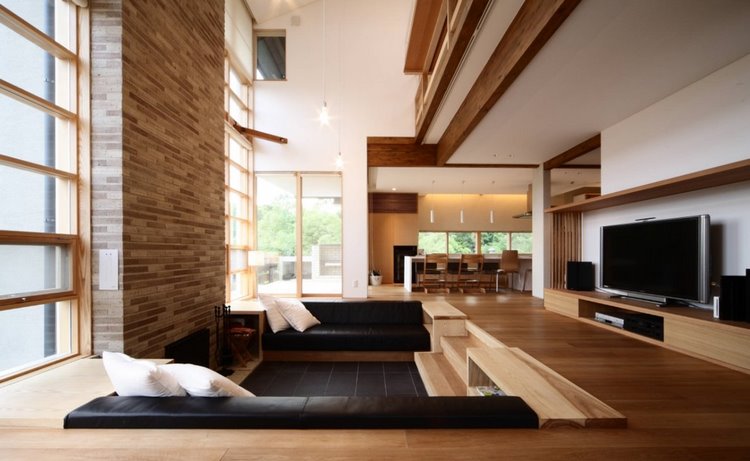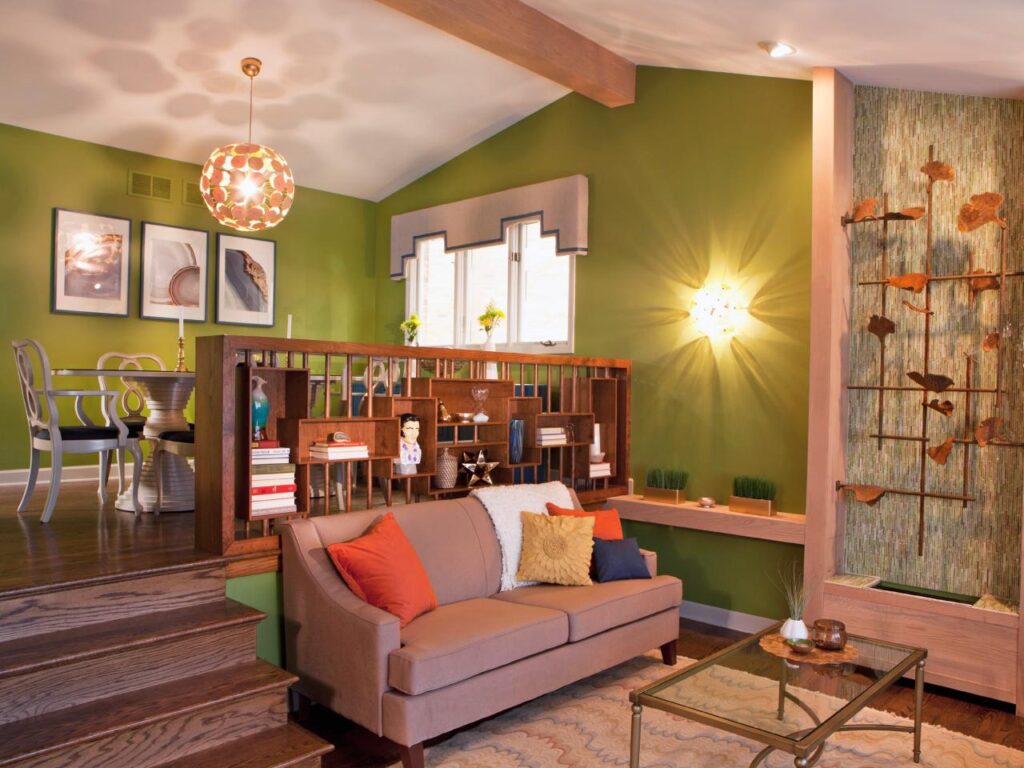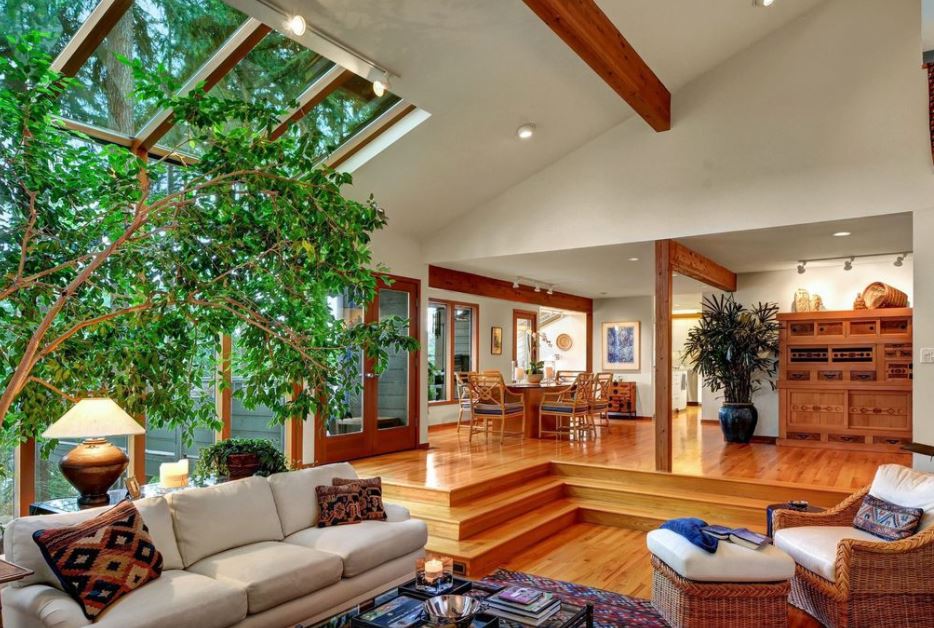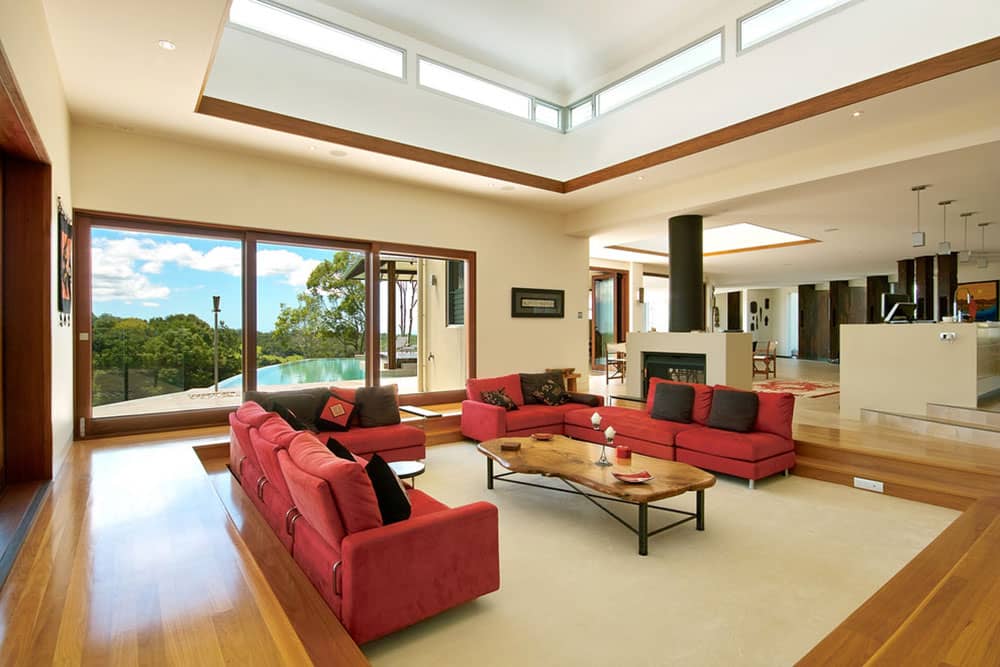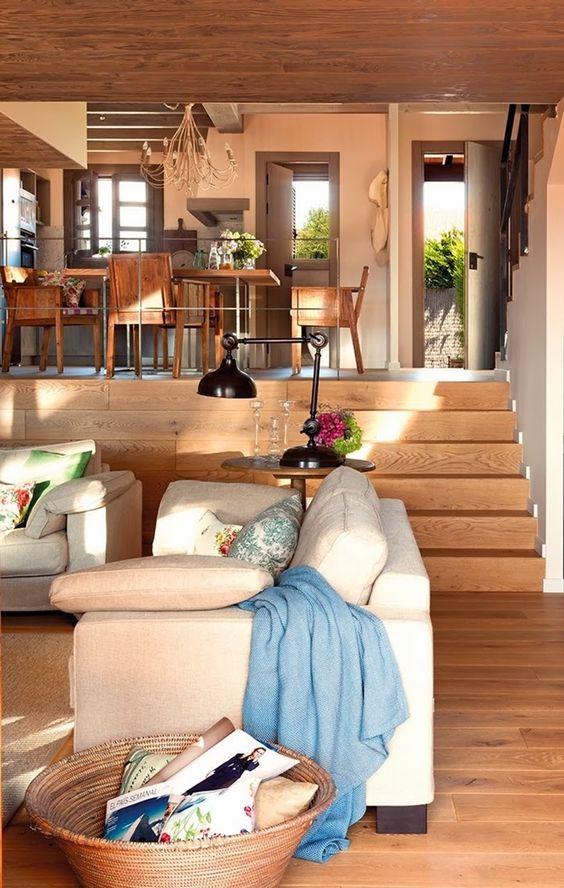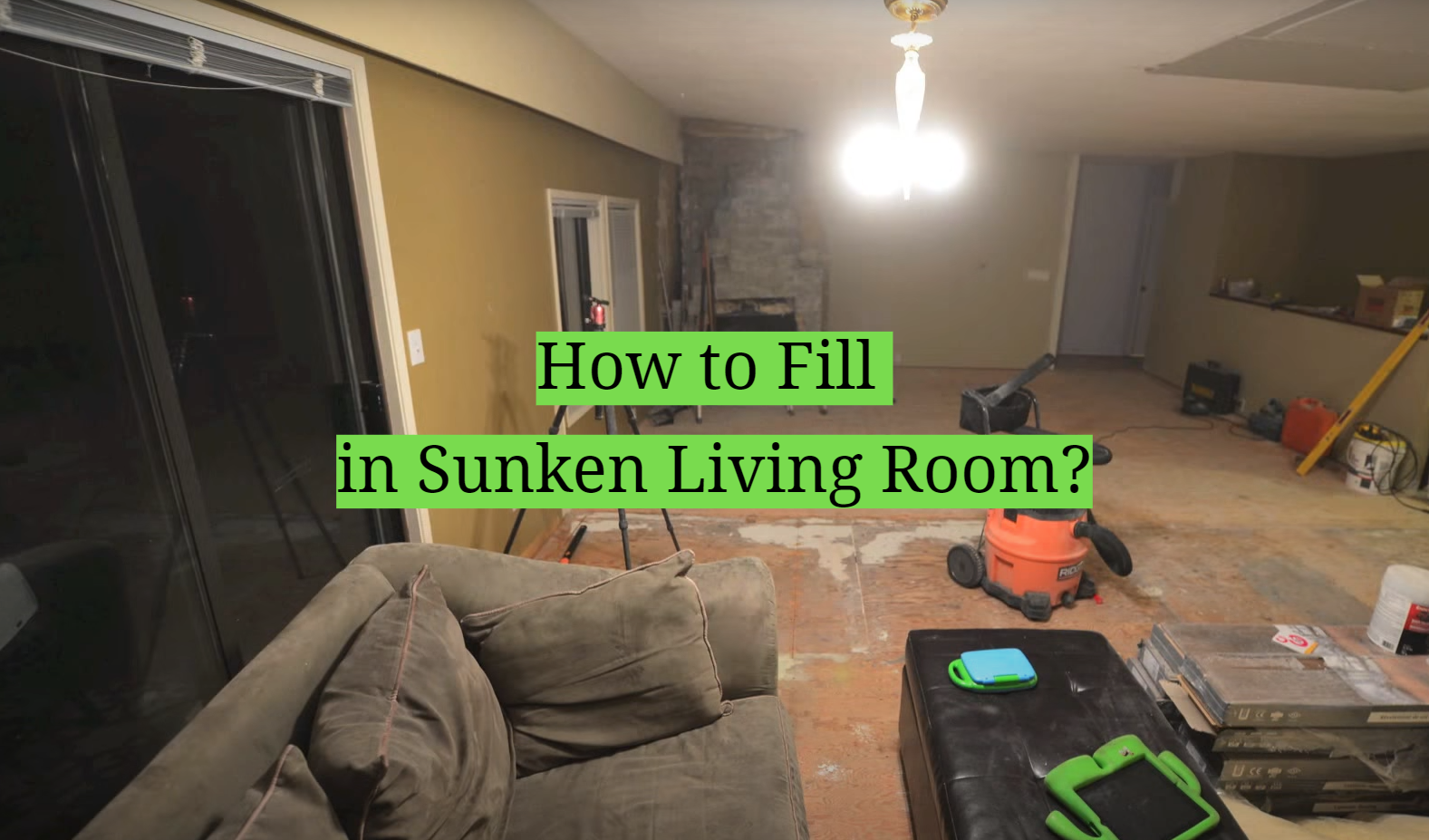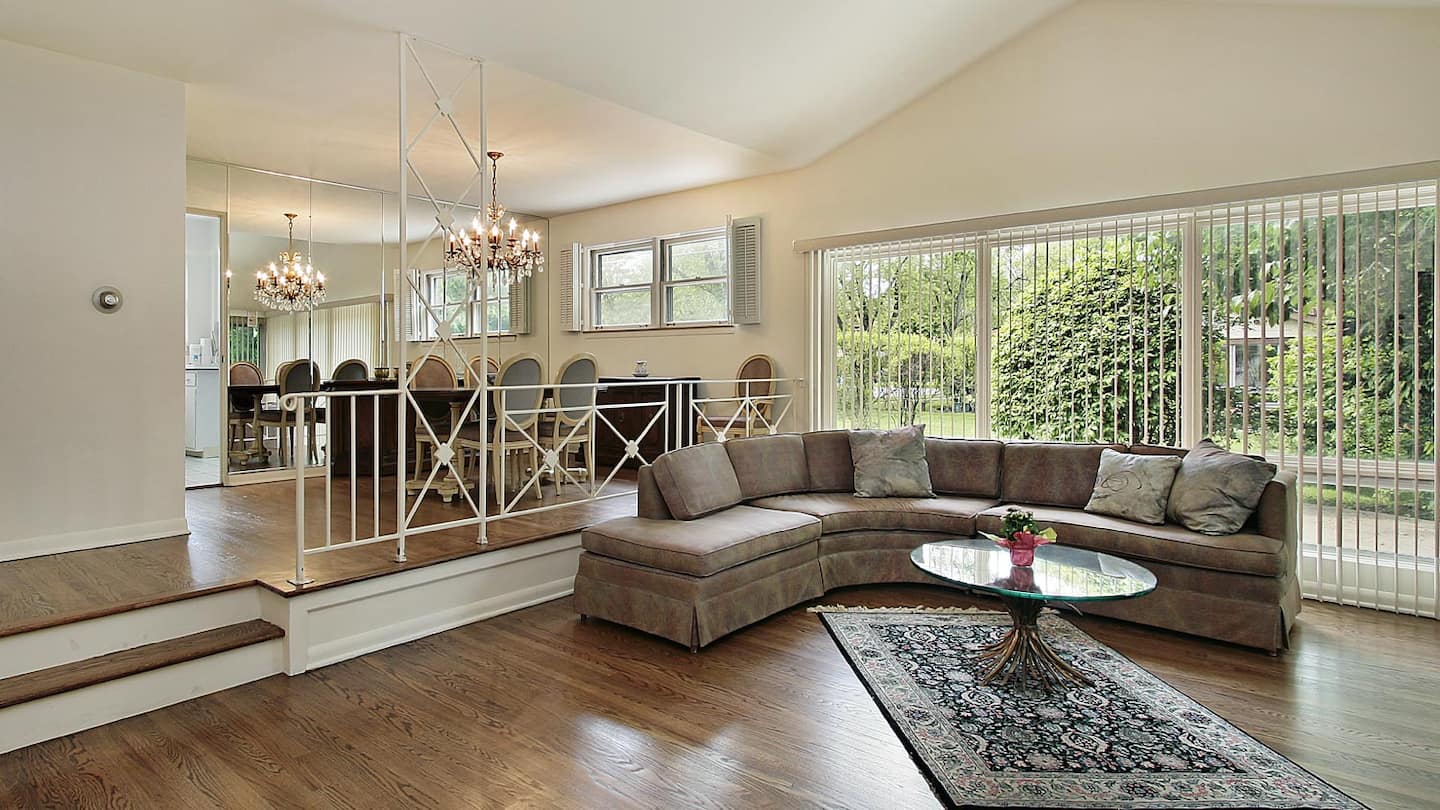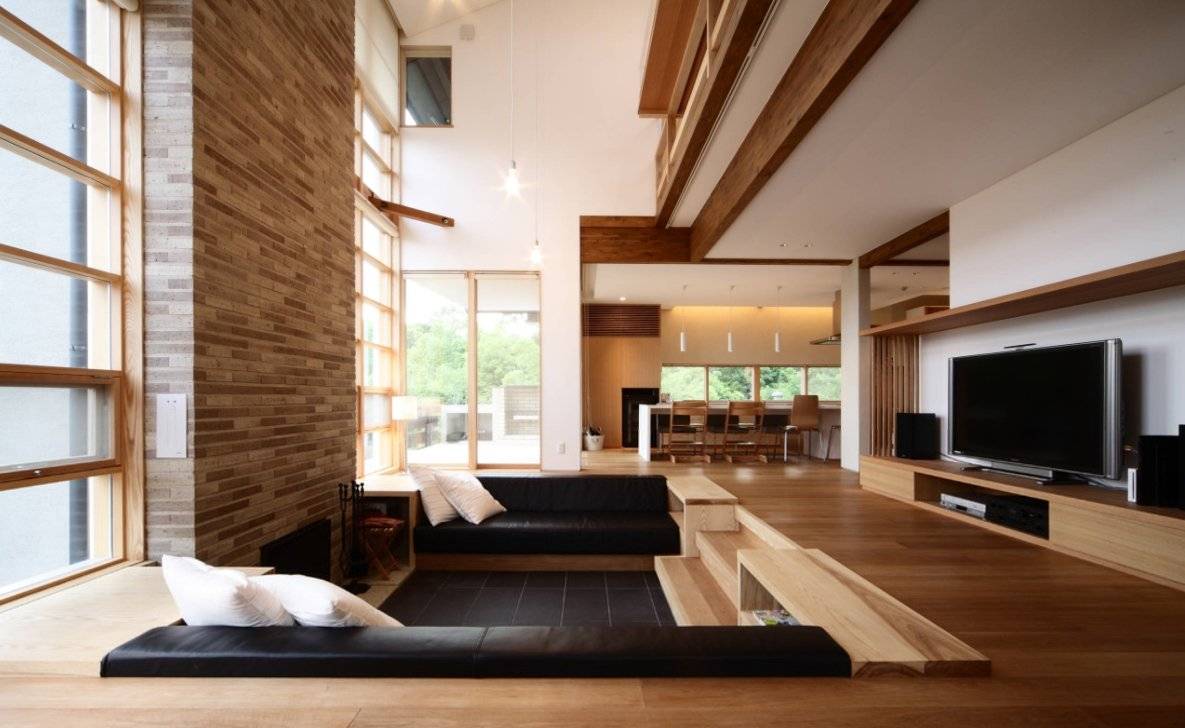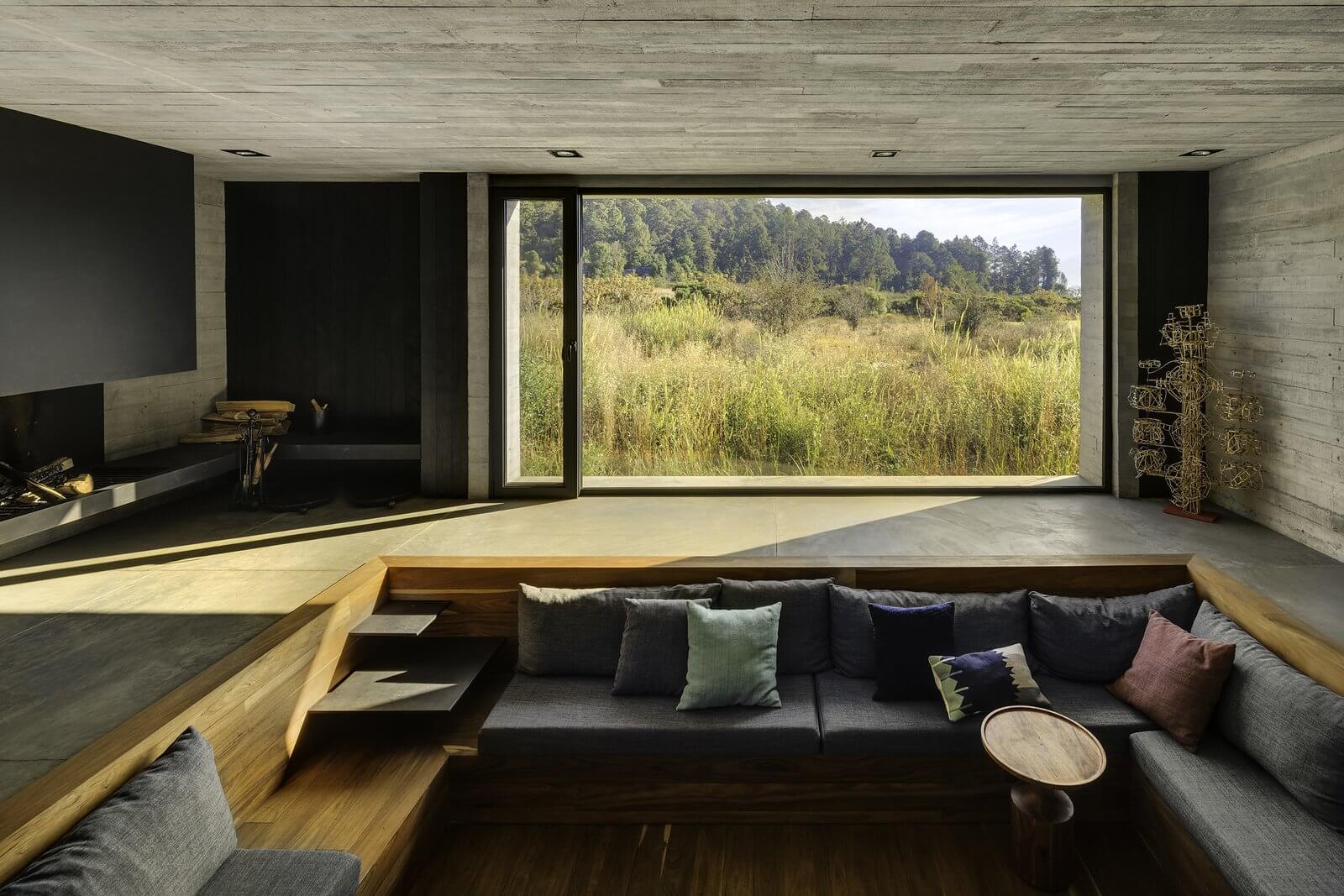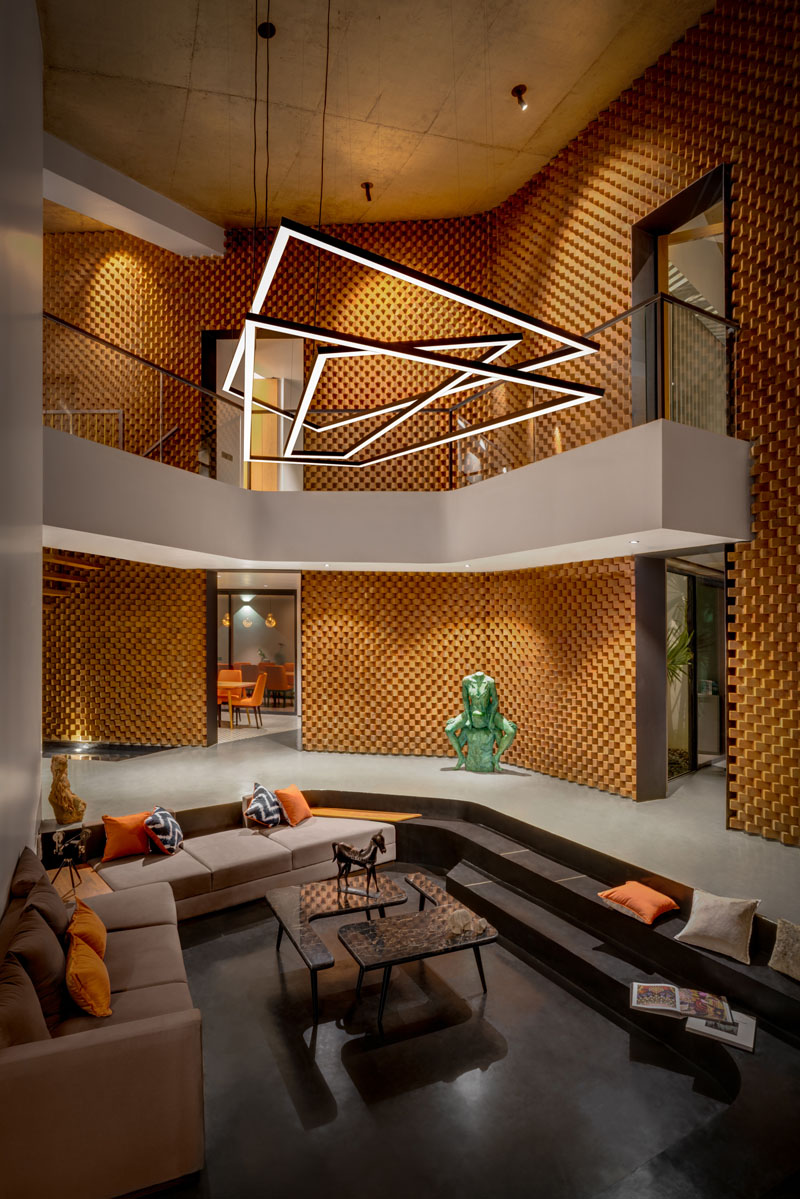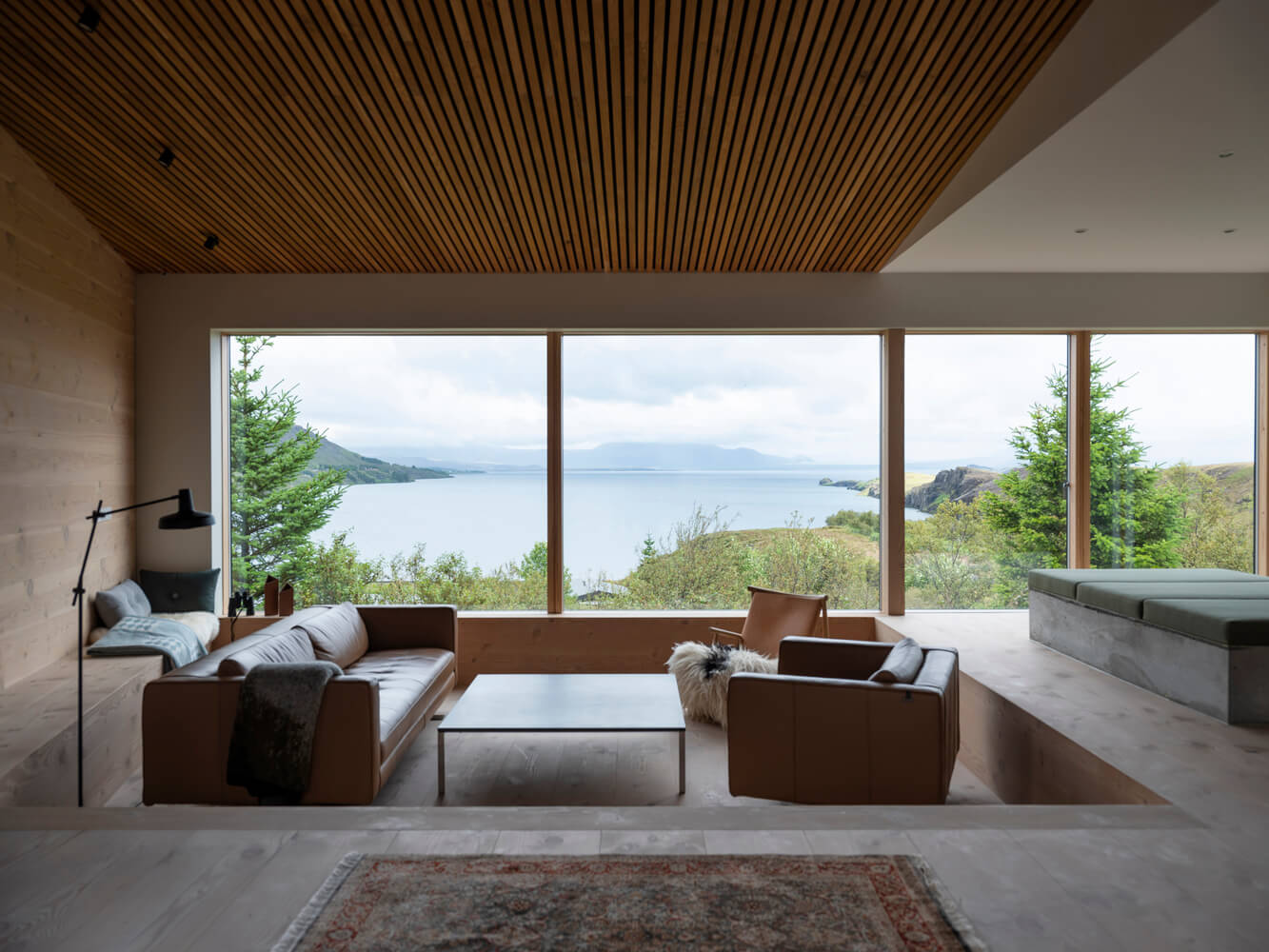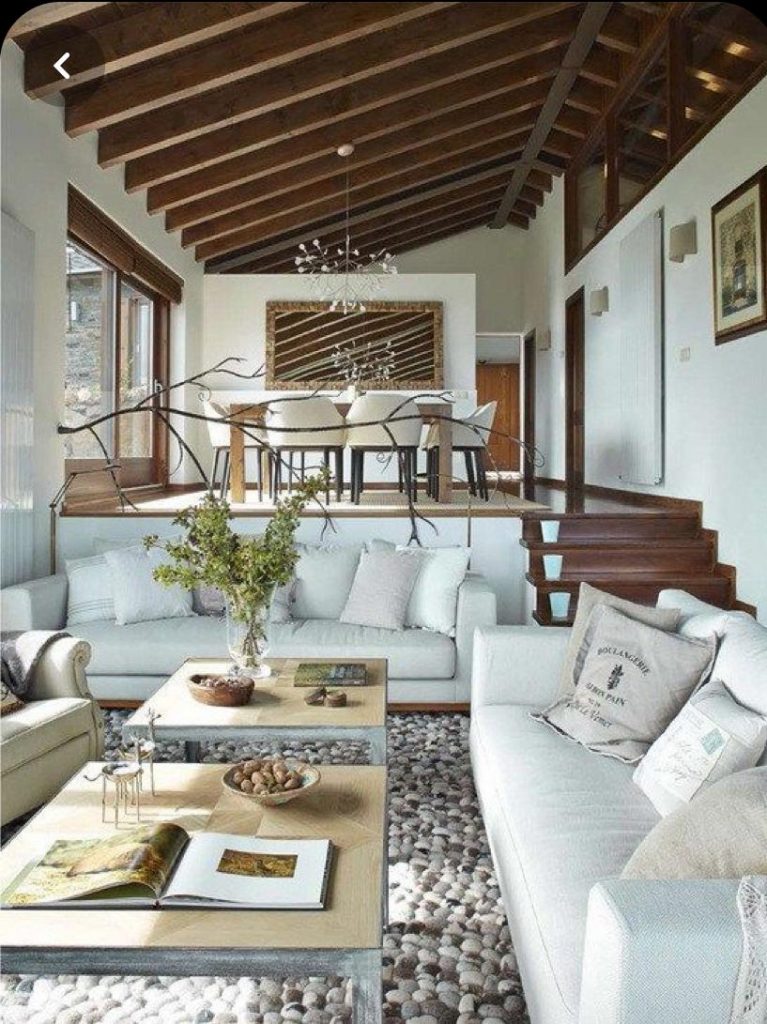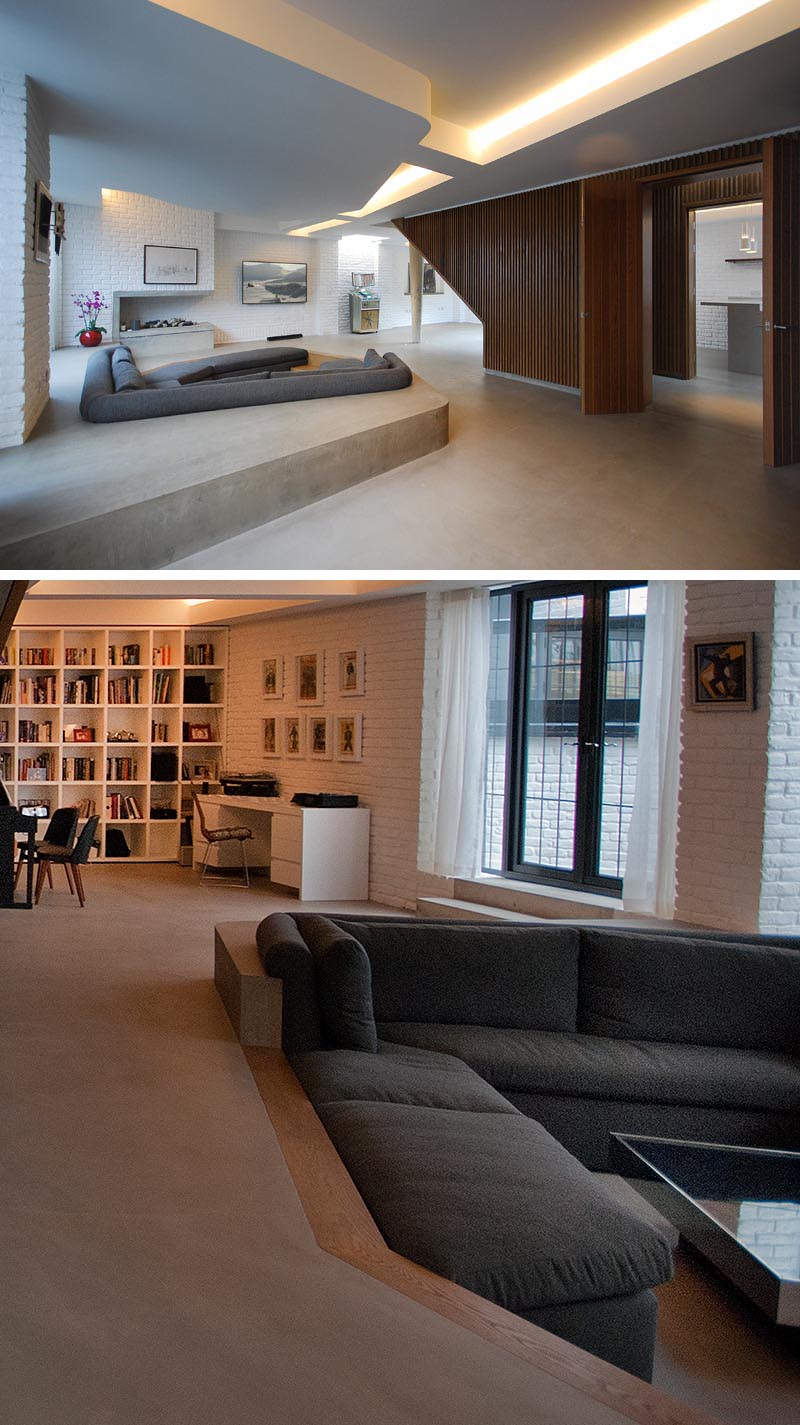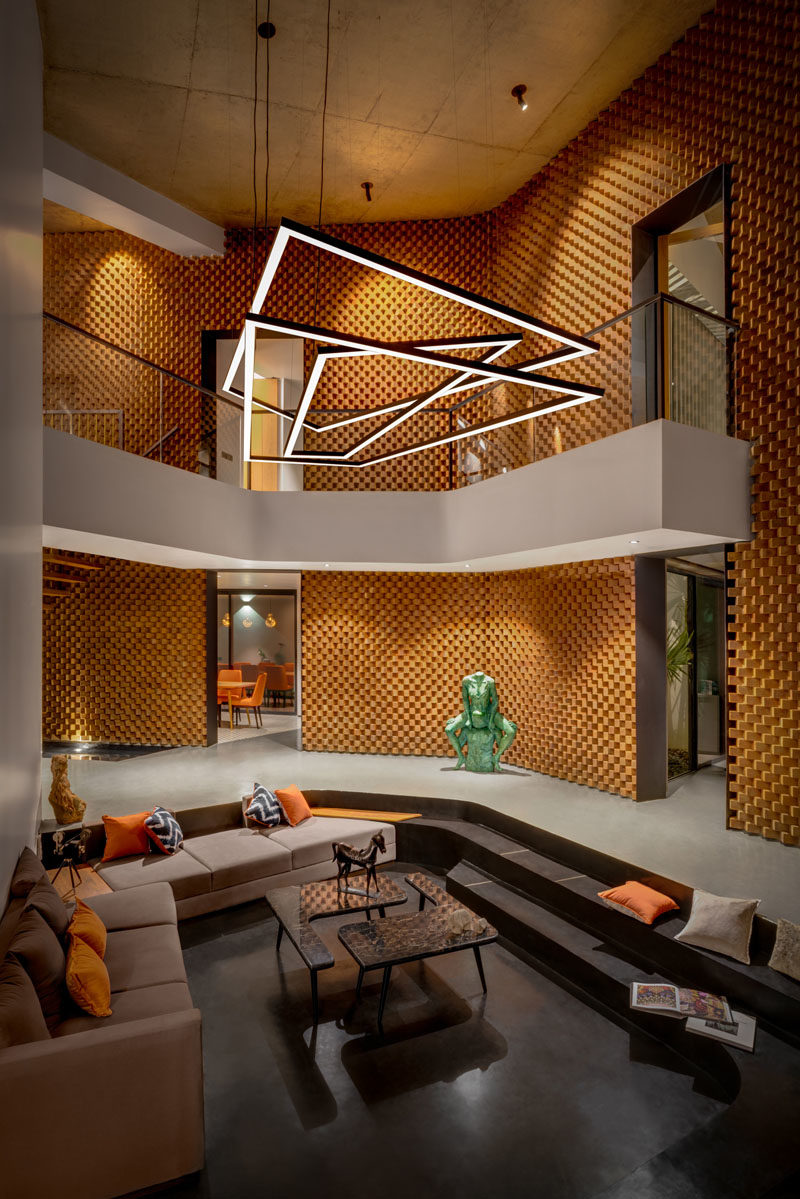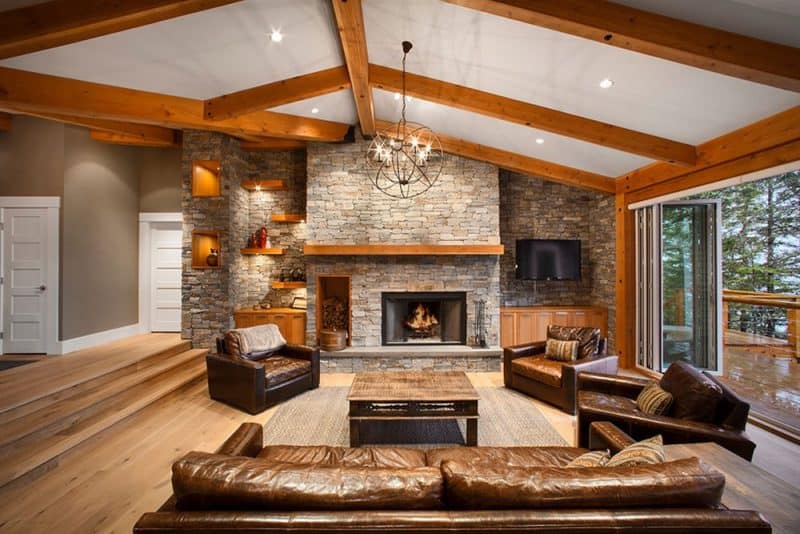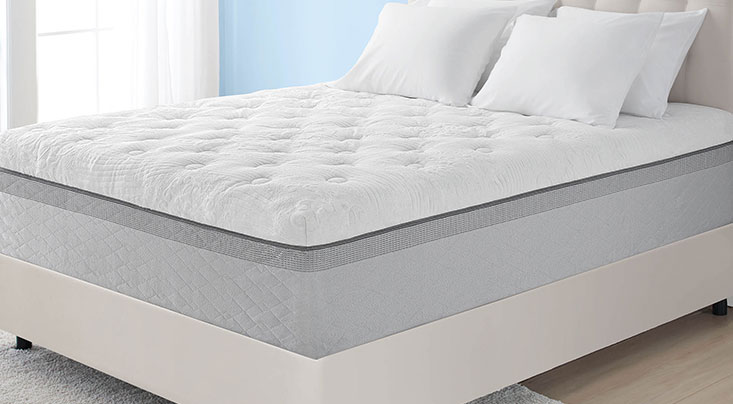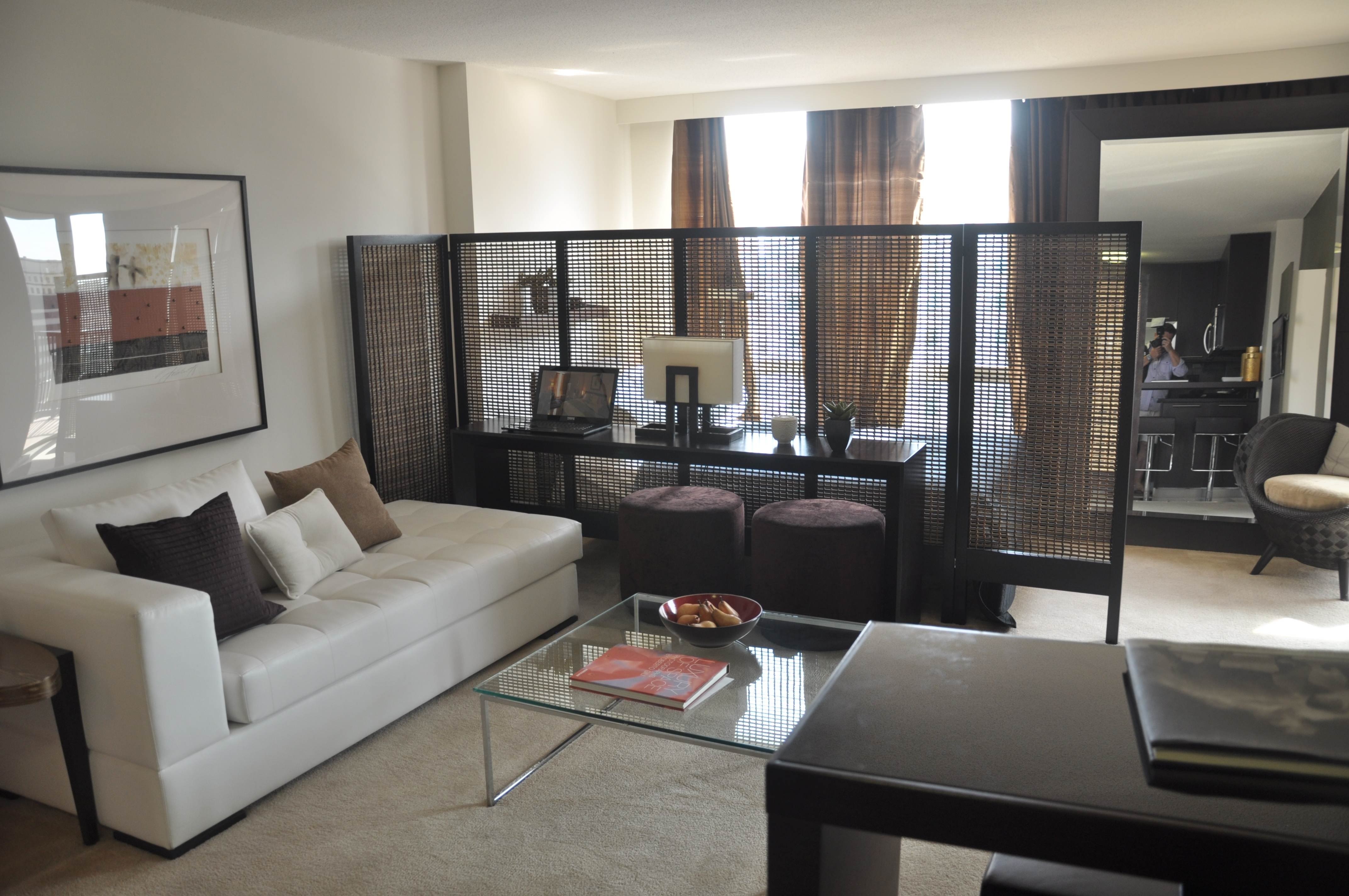If you have a sunken living room in your home, you may be wondering what to do with the space. While it may have been trendy in the past, sunken living rooms can now feel outdated and even hazardous. Luckily, there are many creative ideas for filling in a sunken living room and transforming it into a functional and stylish space.Fill In A Sunken Living Room Ideas
Before diving into different ideas for filling in a sunken living room, it's important to understand the process of how it can be done. Depending on the size and depth of the sunken area, there are a few different methods for filling it in. One option is to fill it in with concrete, which can be a permanent and sturdy solution. Another option is to use wood, tile, carpet, hardwood, laminate, or stone to create a new floor that is level with the rest of the room.How To Fill In A Sunken Living Room
The cost of filling in a sunken living room will vary depending on the method and materials used. On average, filling in a sunken living room with concrete can cost anywhere from $2,000 to $6,000. Using wood, tile, carpet, hardwood, laminate, or stone can cost anywhere from $1,000 to $5,000. It's important to consider not only the cost of materials, but also the labor and time involved in the process.Cost To Fill In A Sunken Living Room
One popular and durable option for filling in a sunken living room is using concrete. This involves pouring concrete over the sunken area and leveling it off to create a new floor. Concrete can be stained, painted, or covered with other flooring materials to create a unique and stylish look. It's important to hire a professional for this job, as it requires experience and precision to ensure the concrete sets properly.Fill In A Sunken Living Room With Concrete
Another option for filling in a sunken living room is using wood. This can be a cost-effective and versatile solution, as there are many different types of wood and finishes to choose from. Wood can also add warmth and texture to a room. However, it's important to make sure the wood is properly sealed to prevent any moisture damage.Fill In A Sunken Living Room With Wood
Tile is a popular choice for filling in a sunken living room, as it comes in a variety of colors, patterns, and textures. It's also durable and easy to clean, making it a practical option for high traffic areas. However, it's important to choose a slip-resistant tile to prevent any accidents. It's also recommended to hire a professional to install the tile to ensure it is done correctly.Fill In A Sunken Living Room With Tile
If you're looking for a cozy and comfortable option for filling in a sunken living room, carpet may be the way to go. It can add warmth and softness to the space, as well as help with noise reduction. Carpet also comes in a variety of styles and colors to match any decor. However, it's important to consider the maintenance and potential for stains with carpet in a high traffic area.Fill In A Sunken Living Room With Carpet
Similar to wood, hardwood is a popular and timeless option for filling in a sunken living room. It can add a sophisticated and elegant touch to the space. Hardwood also comes in a variety of finishes and can be refinished if needed. It's important to choose a durable hardwood and hire a professional for installation to ensure it is done correctly.Fill In A Sunken Living Room With Hardwood
Laminate is a budget-friendly and versatile option for filling in a sunken living room. It can mimic the look of hardwood, tile, or stone, making it a great choice for those who want a specific aesthetic. Laminate is also easy to install and maintain. However, it may not be as durable as other options and can be prone to scratching.Fill In A Sunken Living Room With Laminate
For a luxurious and natural option, consider filling in a sunken living room with stone. Stone can add texture and visual interest to the space, as well as create a focal point. There are many types of stone to choose from, including marble, granite, and travertine. However, it can be a more expensive option and may require professional installation.Fill In A Sunken Living Room With Stone
Benefits of Filling In a Sunken Living Room
1. Increased Usable Space
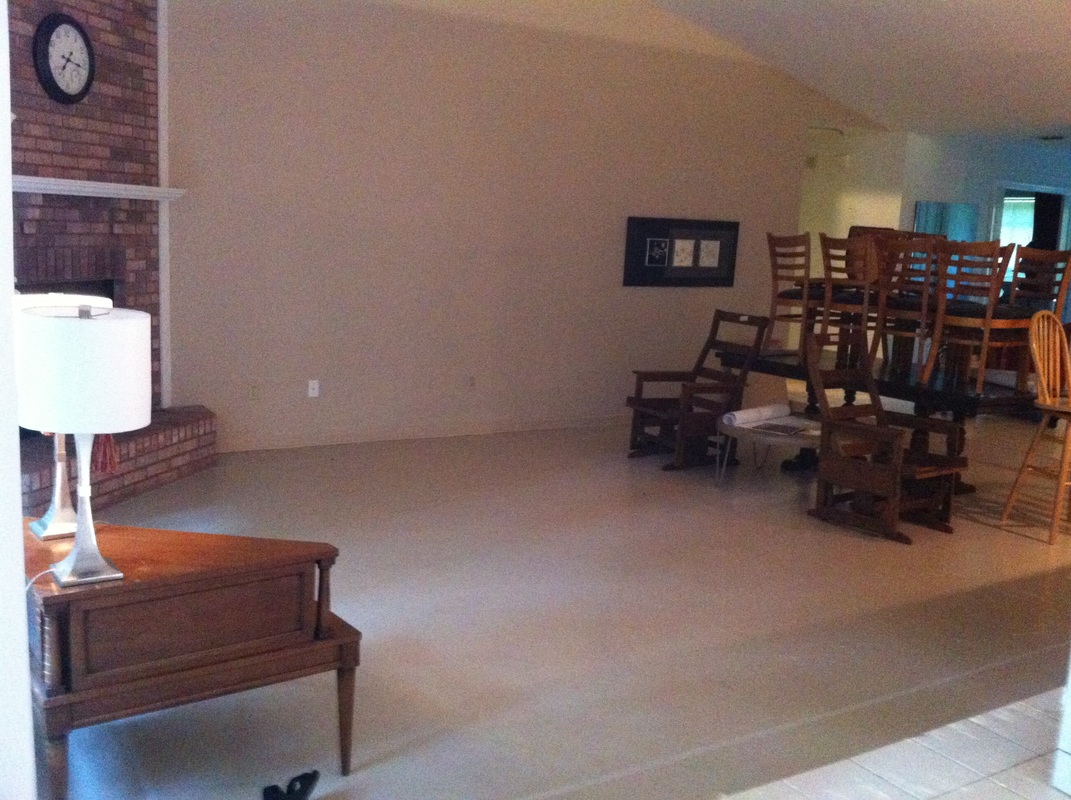 One of the biggest advantages of filling in a sunken living room is the increased usable space it provides. Sunken living rooms can often be awkwardly shaped and difficult to furnish, making them less functional for everyday use. By filling in the space, you can create a more open and versatile living area that can be easily utilized for a variety of purposes. This can be especially beneficial for smaller homes or apartments where every square foot counts.
One of the biggest advantages of filling in a sunken living room is the increased usable space it provides. Sunken living rooms can often be awkwardly shaped and difficult to furnish, making them less functional for everyday use. By filling in the space, you can create a more open and versatile living area that can be easily utilized for a variety of purposes. This can be especially beneficial for smaller homes or apartments where every square foot counts.
2. Improved Safety
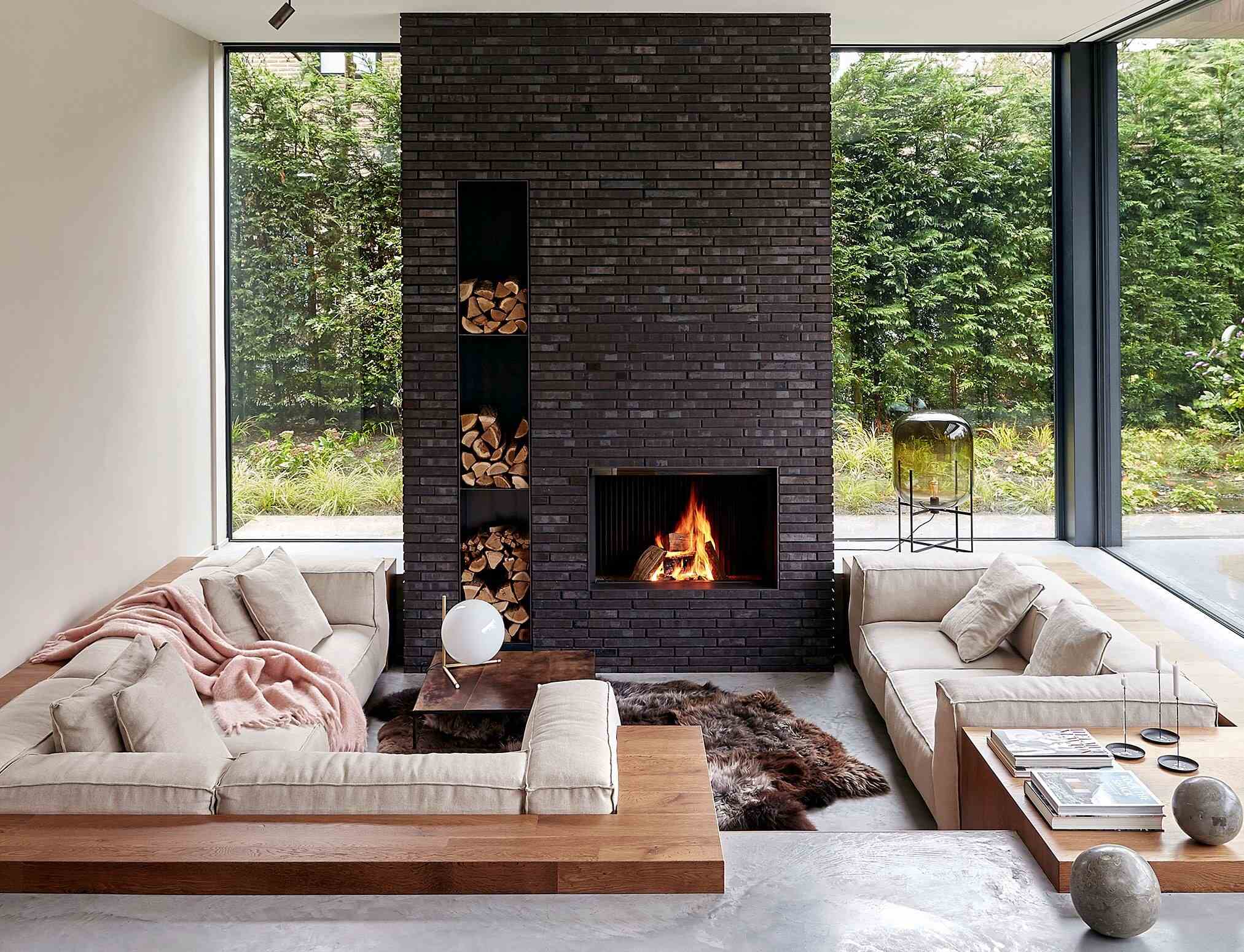 Sunken living rooms can also pose a safety hazard, especially for families with young children or elderly individuals. The step down into the living room can be a tripping hazard and can also make it difficult for those with mobility issues to navigate. Filling in the space eliminates this potential danger and creates a more level and safe living area for everyone to enjoy.
Sunken living rooms can also pose a safety hazard, especially for families with young children or elderly individuals. The step down into the living room can be a tripping hazard and can also make it difficult for those with mobility issues to navigate. Filling in the space eliminates this potential danger and creates a more level and safe living area for everyone to enjoy.
3. Enhanced Aesthetics
 Filling in a sunken living room can also greatly enhance the overall aesthetics of your home. Sunken living rooms were a popular design trend in the 1960s and 1970s, but may now be seen as outdated or out of place in modern homes. By filling in the space, you can create a more cohesive and modern look that fits with current design trends. This can also increase the resale value of your home, as potential buyers may prefer a more traditional and functional living space.
Filling in a sunken living room can also greatly enhance the overall aesthetics of your home. Sunken living rooms were a popular design trend in the 1960s and 1970s, but may now be seen as outdated or out of place in modern homes. By filling in the space, you can create a more cohesive and modern look that fits with current design trends. This can also increase the resale value of your home, as potential buyers may prefer a more traditional and functional living space.
4. Energy Efficiency
 Another benefit of filling in a sunken living room is improved energy efficiency. Sunken living rooms are often located below ground level, making them cooler and more difficult to heat in the winter. By filling in the space and bringing it up to ground level, you can eliminate this energy loss and potentially save on heating and cooling costs.
Another benefit of filling in a sunken living room is improved energy efficiency. Sunken living rooms are often located below ground level, making them cooler and more difficult to heat in the winter. By filling in the space and bringing it up to ground level, you can eliminate this energy loss and potentially save on heating and cooling costs.
5. Cost Savings
 Lastly, filling in a sunken living room can save you money in the long run. While it may require an initial investment, filling in the space can prevent potential safety hazards and eliminate the need for costly repairs or renovations in the future. It can also save you money on energy costs, as mentioned previously.
In conclusion, filling in a sunken living room can provide numerous benefits for homeowners. From increased usable space and improved safety to enhanced aesthetics and cost savings, this simple home renovation project can greatly improve the functionality and value of your home. Consider filling in your sunken living room to create a more modern, practical, and energy-efficient living space.
Lastly, filling in a sunken living room can save you money in the long run. While it may require an initial investment, filling in the space can prevent potential safety hazards and eliminate the need for costly repairs or renovations in the future. It can also save you money on energy costs, as mentioned previously.
In conclusion, filling in a sunken living room can provide numerous benefits for homeowners. From increased usable space and improved safety to enhanced aesthetics and cost savings, this simple home renovation project can greatly improve the functionality and value of your home. Consider filling in your sunken living room to create a more modern, practical, and energy-efficient living space.





